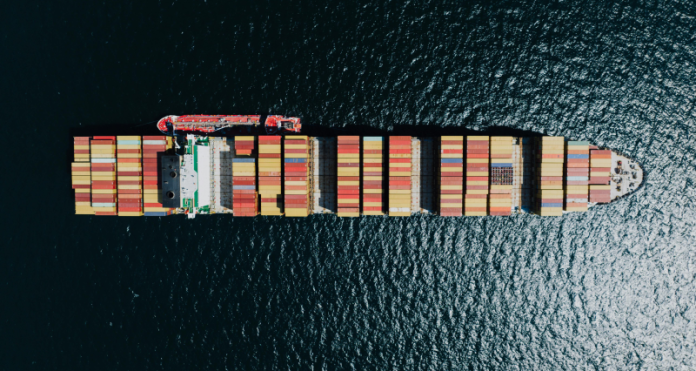Ocean rates out of Asia were stable last week for most lanes, with prices remaining at about their mid-July highs for the year.
But reports of forwarders and shippers having greater ease securing allocations and spot bookings, and projections for arriving US imports to start declining in September are contributing to expectations that rates will start decreasing in the coming weeks.
Prices from Asia to N. America’s West Coast have already started to slide, decreasing by 15% from their peak in the last three weeks. And though some carriers will reportedly introduce rate increases in mid-August, easing demand and increased capacity for this lane have many doubtful that rate increases will stick.
If demand is peaking earlier than usual in the US, it is largely due to a pull forward of much of this year’s peak season demand. Factors to this frontloading included concern over an East Coast and Gulf port worker strike in October, and the ILA union announced this week that it will meet in early September to finalize its contract demands and prepare its members for the possibility of a strike.
Some importers pulled forward shipments of goods from China facing tariff increases meant for 1 August. Just last week, though, the US Trade Representative announced it needed more time to review public comments on the tariffs. A final determination is expected sometime in August and the tariffs will only go into effect two weeks after that announcement.
In other labour developments, the review of a port worker union strike announcement in Vancouver and Prince Rupert is meant to conclude by 9 August, and if approved could be followed by a strike at these ports three days later.
Ocean rates on the transatlantic – which increased by about US$600/FEU early in the year as Red Sea diversions absorbed capacity – have been about level at US$1,800/FEU ever since. Prices were stable even as demand gradually improved in the first half of the year since enough capacity stayed in the lane to keep rates from climbing. And even as rates dipped by 7% this week, carriers have announced rate increases – some as high as US$1,000/FEU – for September, though shippers are sceptical that market conditions will allow much of an increase.
The political upheaval in Bangladesh has caused logistics disruptions since early June, but the resignation of the Prime Minister on Sunday has the army escalating steps to restore calm after fierce clashes of protesters with police. A three day suspension of commercial activity has shut down the country’s garment manufacturing, and includes border closures, airport closures and rail service suspensions that are also disrupting the movement of goods.
Freightos Terminal data shows that export ocean container rates have been climbing since the disruptions began. Rates to the US are now over 40% higher than two months ago, reaching about US$8,650/FEU. Rates from Chittagong to Rotterdam have increased nearly 170% to approximately US$7,000/FEU. Continued backlogs and delays will mean shippers will face additional storage costs for waiting containers and could lead to more rate increases, with some carriers already announcing mid-month price hikes.
In air cargo, Freightos Air Index rates from China to the US slid 12% in the last few weeks. Though this decrease may reflect some easing of demand in the typical summer lull, at US$4.90/kg prices are still at levels typically only seen during the Q4 air peak season, suggesting e-commerce volumes remain strong.
Rates out of the Middle East – which have been elevated since early in the year on Red Sea-driven shifts from ocean to sea – air options out of the UAE – have dipped 16% to N. America to US$2.57/kg and 20% to US$1.56/kg to Europe in the last two weeks, possibly reflecting easing demand for air as pressure on ocean logistics has started to decrease.
This article was written by Judah Levine, Head of Research at Freightos







